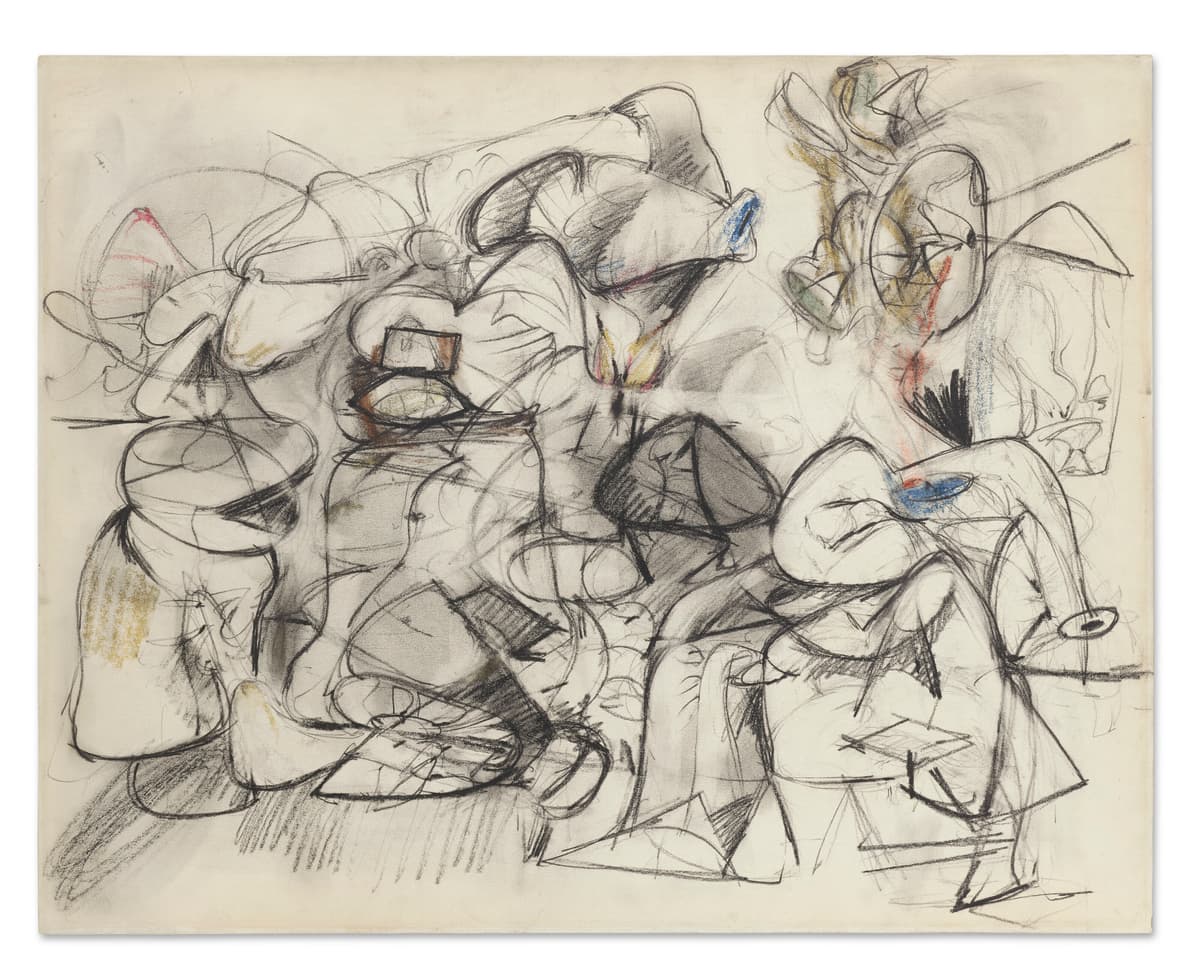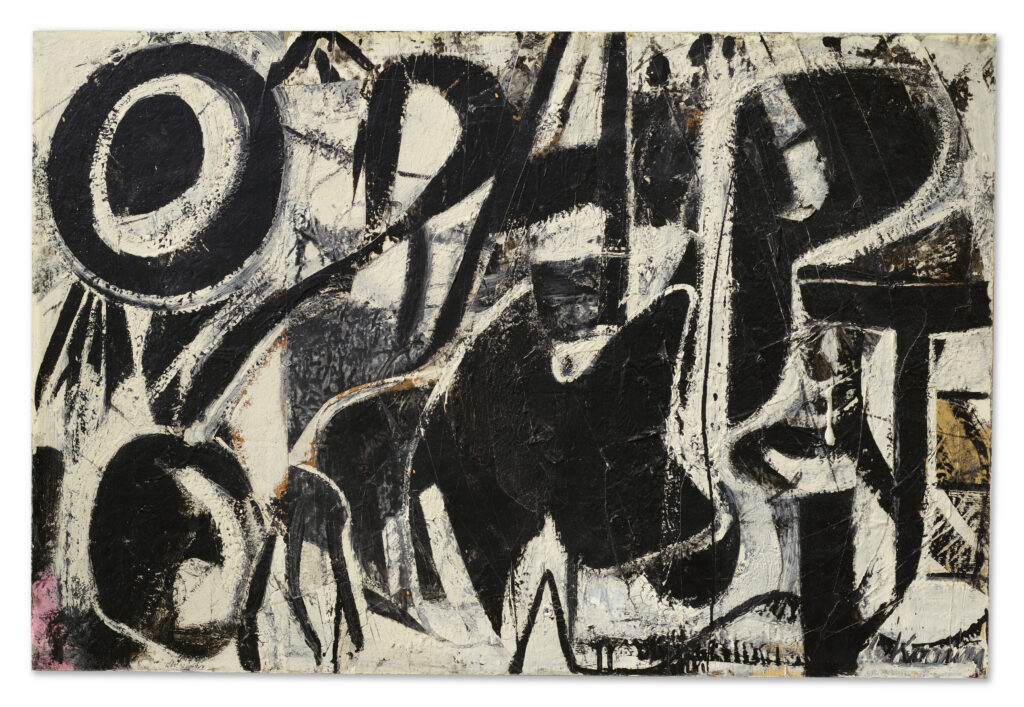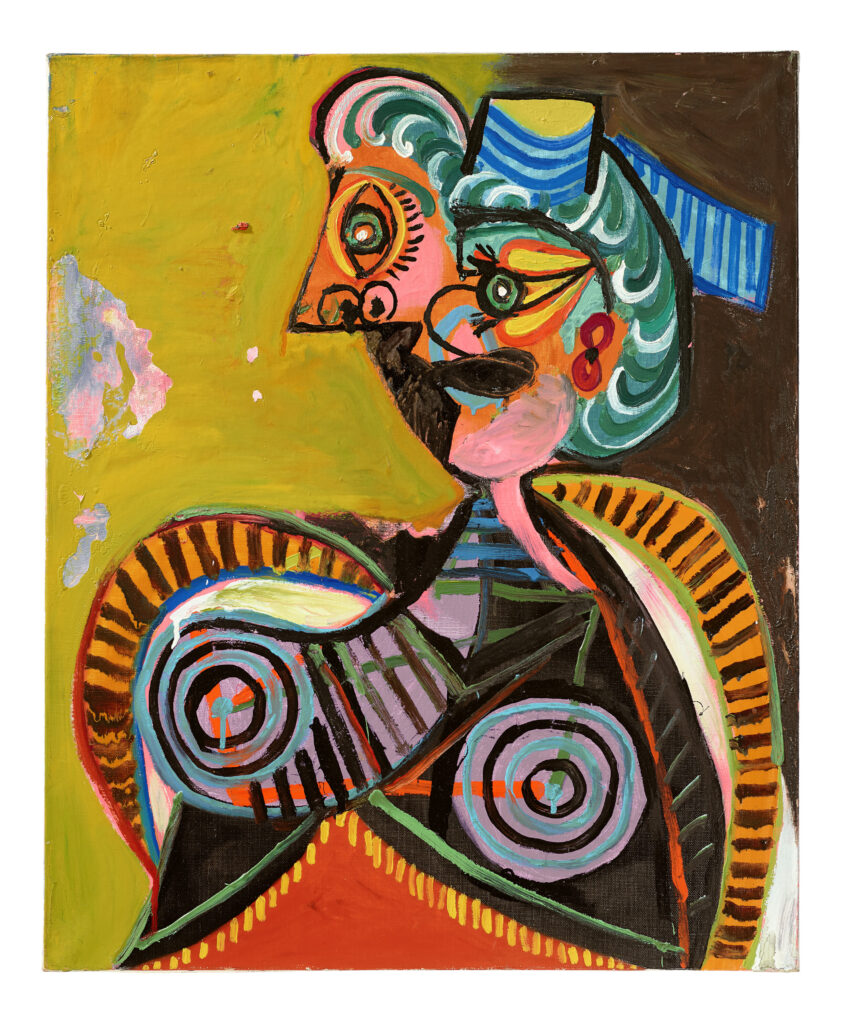A Magazine Magnate’s Masterpieces on Sale at Christie’s
S.I. Newhouse’s collection is up for auction as the Condé Nast heirs and Christie’s put prices on the priceless.

The magnate Samuel “S.I.” Newhouse Jr. collected magazines and masterpieces. The publications — Vogue, Vanity Fair, Glamour, the New Yorker, all part of the Condé Nast empire he inherited from his father — are in the family. Sixteen of the paintings will be auctioned at Christie’s on Thursday, the third tranche of works to be so disposed of. The collection is expected to fetch more than $144 million
Christie’s calls Newhouse a “hugely influential figure in American cultural life,” owing to his vast holdings and outsized influence on the zeitgeist, and this collection is its own crib sheet for modern art, beginning with Pablo Picasso and ending with the still active George Condo. “Masterpieces from the S.I. Newhouse Collection” is a star-studded assembly, soon to be scattered.
The piece that will likely fetch the highest total before the auctioneer’s gavel strikes “sold” is “Orestes” — estimated at $25 million — a collage from the hand of Willem de Kooning. The title alludes to the doomed scion of the House of Atreus who killed his own mother, Clytemnestra, after she killed his father, Agammemnon. Here, the myth is translated into abstraction, pain and tragedy captured in strange shapes.

Francis Bacon’s “Self-Portrait” offers a more human visage, a countenance rendered in purple both soft and luminous. This being Bacon, though, his image of himself is twisted and melted, as if dissolving or coming unstuck. It is a face seen through the funhouse mirror of one’s own self-perception. Christie’s bean counters expect the work, painted in oil in 1969, to fetch between $22 million and $28 million.
Picasso’s “L’Arlésienne (Lee Miller),” from 1937, is another portrait to make Rembrandt blanche. It is a riot of color, sky blues and carrot oranges, painted in the south of France and still vibrating with electricity. It is one of seven portraits Picasso painted of the model turned photographer, whose camera documented the liberated Dachau and Buchenwald. He made it the same year he painted “Guernica.” It is pegged at between $20 million and $30 million.

Another Picasso comes from a more innocent time, before Europe was ripped apart by war. “Cafetière, tasse et pipe,” took form in the Parisian winter of 1911, when the Spaniard was just 30 and in the full flush of his Analytical Cubist phase, bent on disrupting that old painterly genre, the still life. It is a monochrome maze of abstraction, an optical illusion in fractal geometry. It retains, though, the echo of its subject, a revolution with a remainder.
Jasper Johns contributes “Cicada,” a work in oil on canvas that has all the brightness of sprinkles on a birthday cake. Mr. Johns explains that its inspiration came from a “sort of cross-hatching that he glimpsed on a car that quickly passed him on the Long Island Expressway.” That vision, he reports, “had all the qualities that interest me — literalness, repetitiveness, an obsessive quality, order with dumbness, and the possibility of a complete lack of meaning.”
An acquired, if expensive, taste could be Cy Twombley’s “Untitled [Bolsena],” graphite and wax crayon scrawled across canvas. It is one of a series of 14 large-scale works created in the summer and fall of 1969, just north of Rome. Completed months after Neil Armstring took one small step on the moon, their scribbled energy recalls something of the equations and theorems that allowed man to reach the lunar landscape. It is estimated north of $18 million.
Lee Bontecou’s “Untitled” is an unsettling composition of welded steel, canvas, fabric, and wire that suggests rips and wounds, alternatively sutured and gaping. It evokes both machinery and human flesh, and an unholy merger of the two. The work repulses while also issuing an invitation to peer into its portals. Christie’s sees in “Untitled” the “riveted slats of a jet airplane but also the segmented pieces of an insect’s outer shell.”
Other works abound, like a Lucian Freud work, “After Chardin,” an homage to Jean-Siméon Chardin’s “The Young Schoolmistress” that strikes a satisfyingly classical note in a relentlessly modern collection. Arshile Gorky’s “Untitled (The Horns of the Landscape)” is a suggestive premonition in graphite of his dazzling painting of the same name, in residence at Vassar College. There is a silkscreen by Andy Warhol, of course.
The Newhouse collection arrives at auction just months after Paul Allen’s stash fetched a billion and a half dollars, also at Christie’s. The former made his fortune on paper, the latter in software. Both saw the value in investing that wealth into objects of oil, graphite, and canvas. That collections of this caliber will migrate to private hands will be celebrated by some and mourned by others. Fortunate are those who have a bidder’s chance.

